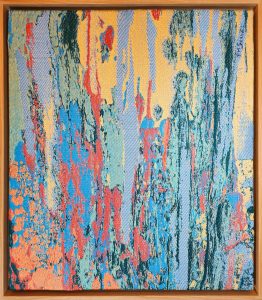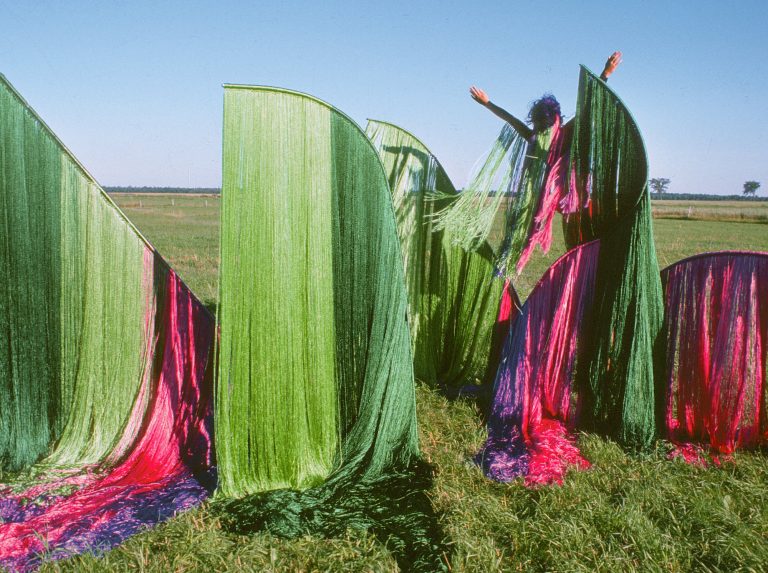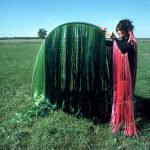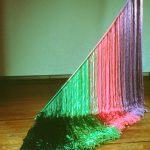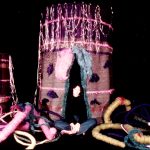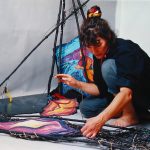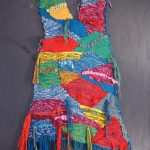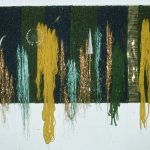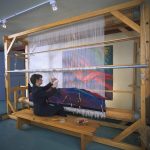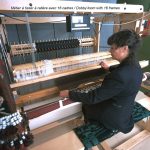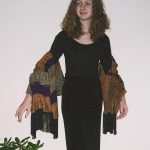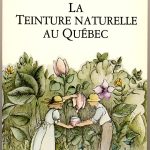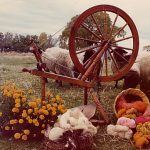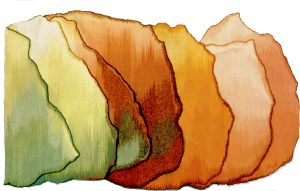Menu
AUCTION OF MY TAPESTRY
I am participating in the Art Auction of the Museum of Fine Crafts of Quebec (MUMAQ) with one of my tapestries. ✨ The MUMAQ Foundation benefit event returns for its 11th edition! ONLINE AUCTION will run from November 13, 2025 4pm to November 23, 6pm. ✨ LIVE AUCTION DAY : on Sunday, November 23, 2025 from 14:00 to 18:00 at MUMAQ (615, Avenue Sainte-Croix, Saint-Laurent). A cocktail, networking, an exhibition of lovely works of art and the LIVE AUCTION of artworks exclusively offered on the spot. For information contact: Alexandra Grebenuk : a.grebenuk@mumaq.com
